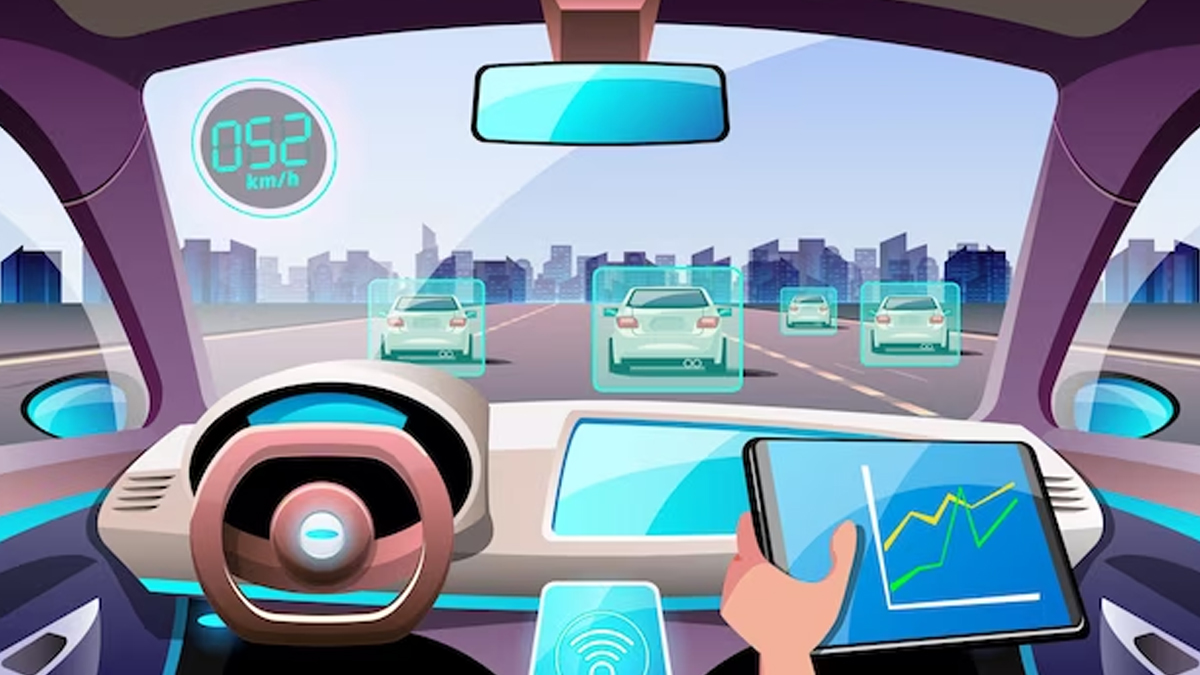However, We can provide a general overview of how self-driving cars were typically regulated and the legal issues that arose from their use on public roads.
Regulation of Autonomous Vehicles:
- National and Regional Regulations: Different countries and regions have their own regulatory frameworks for autonomous vehicles. For example, in the United States, the National Highway Traffic Safety Administration (NHTSA) has played a significant role in developing guidelines and regulations. In the European Union, individual member states may have their own regulations in addition to EU-level considerations.
- Testing and Deployment Permits: Many jurisdictions require companies developing autonomous vehicles to obtain permits for testing and deployment. These permits often involve demonstrating that the technology is safe and complies with existing traffic laws.
- Levels of Automation: Some regulations distinguish between different levels of automation, as defined by the Society of Automotive Engineers (SAE). These levels range from Level 0 (no automation) to Level 5 (full automation). Regulations may be tailored to the specific capabilities of the autonomous system.
- Data Collection and Reporting: Authorities often require companies to collect and share data related to autonomous vehicle operations. This may include information about accidents, disengagements (when human intervention is needed), and overall performance.
Legal Issues:
- Liability and Insurance: Determining liability in the event of an accident involving an autonomous vehicle can be complex. Questions arise about whether the vehicle owner, the manufacturer, or the software developer is responsible. Insurance models may need to evolve to address these challenges.
- Data Privacy and Security: Autonomous vehicles generate and rely on large amounts of data. Ensuring the privacy and security of this data is a significant concern. Unauthorized access or misuse of sensitive information could lead to legal issues.
- Ethical and Moral Considerations: Autonomous vehicles may face situations where ethical decisions need to be made, such as how the vehicle should prioritize the safety of occupants versus pedestrians. The legal implications of these decisions are not fully settled.
- Standardization: Lack of standardized regulations across regions can create challenges for companies operating in multiple jurisdictions. Harmonizing regulations could streamline development and deployment processes.
- Public Perception and Acceptance: Legal challenges may arise from public concerns and perceptions regarding the safety and reliability of autonomous vehicles. Addressing these concerns and ensuring public acceptance are essential for widespread adoption.
- Cybersecurity: Autonomous vehicles are vulnerable to cyber-attacks, which could compromise their safety. Establishing legal frameworks to address cybersecurity issues and set standards for secure development is crucial.
It’s essential to stay updated on the latest regulations and legal developments in the field of autonomous vehicles, as the technology and its regulatory landscape are continuously evolving.
